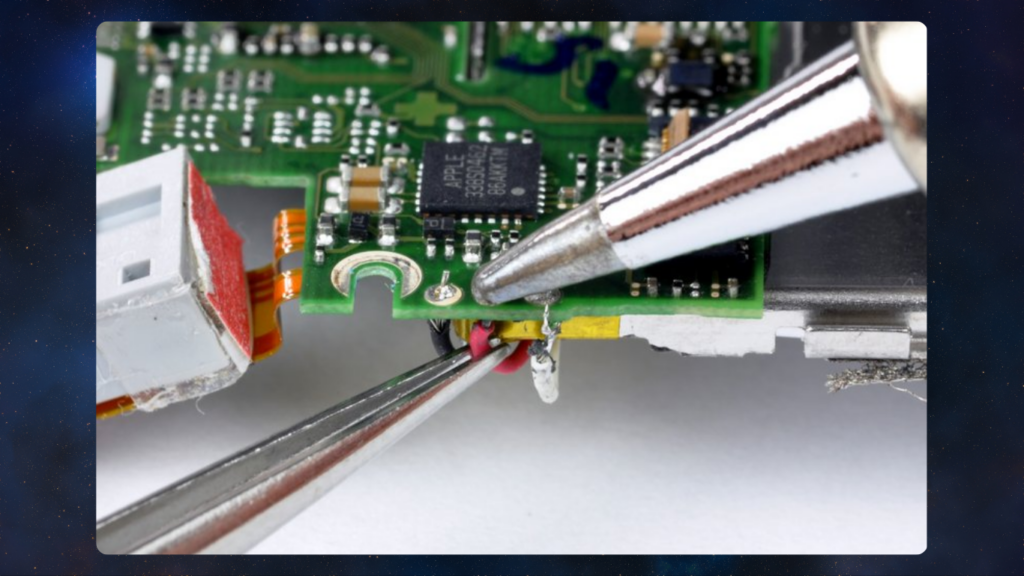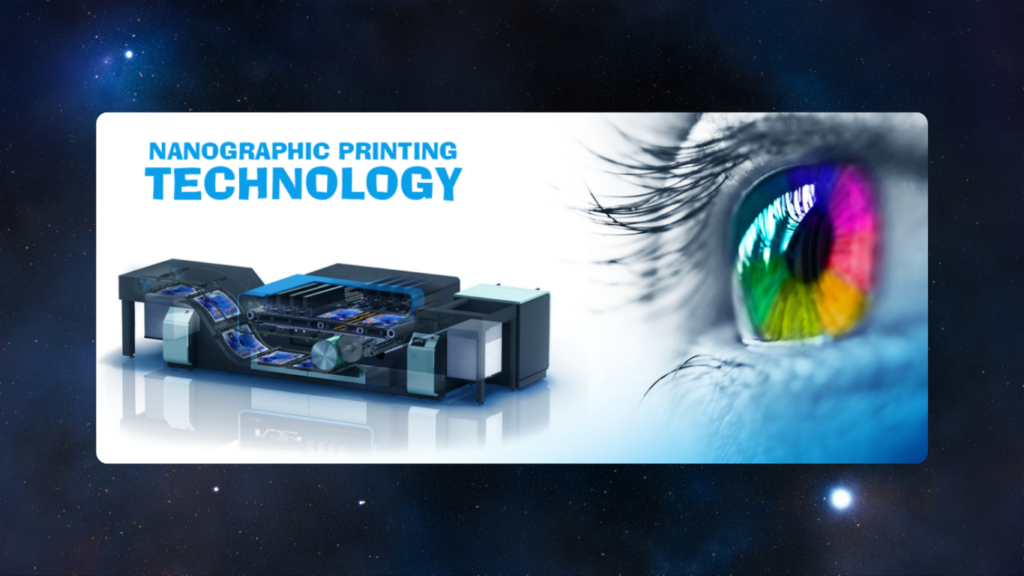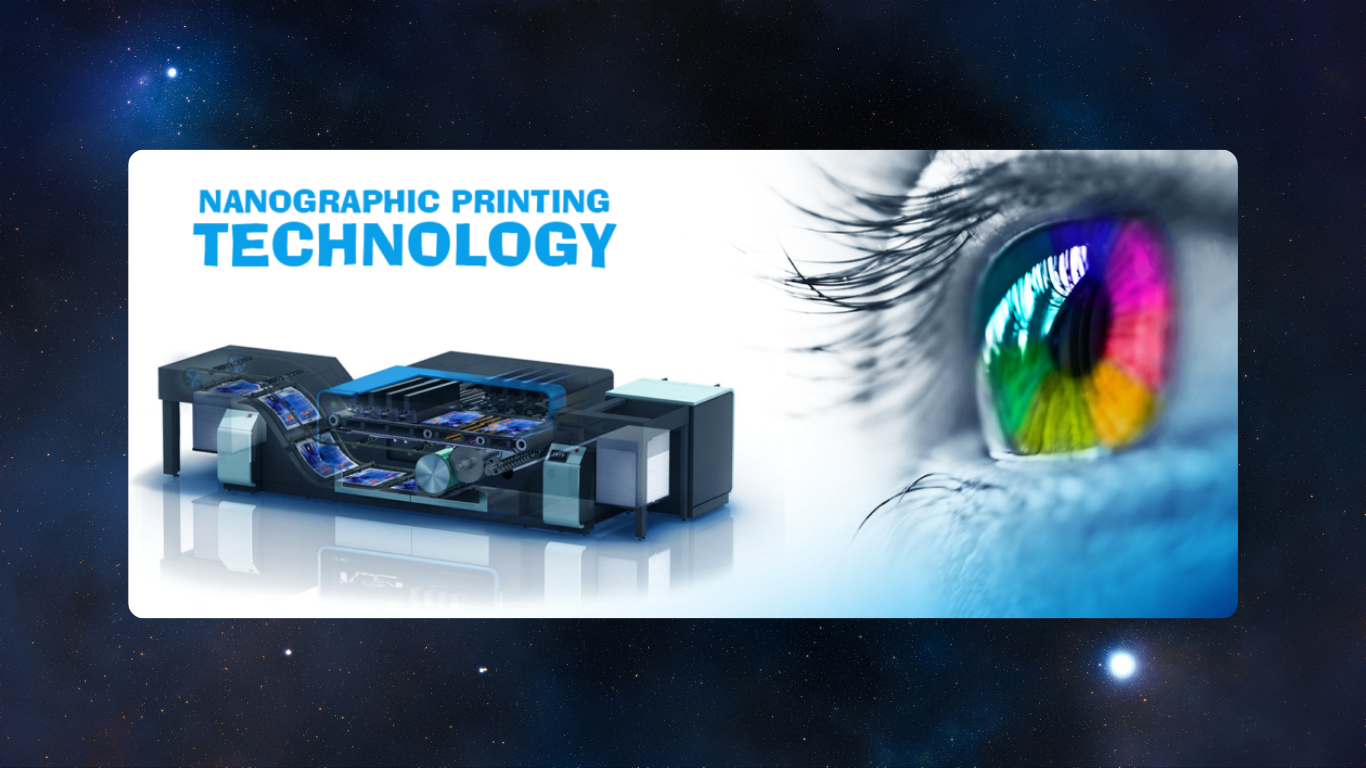AMES, Iowa – Imagine a scene high above the Earth, inside a jet that’s simulating the zero-gravity conditions of space. An engineer from Iowa State University effortlessly hovers alongside team members who are securely holding onto a metal frame that supports a specialized printer. Adding a touch of whimsy to this serious scientific setting, Cy the Cyclone, a toy mascot dressed as an astronaut, floats above the group.
This is far from an ordinary research photo or a conventional materials experiment. This is part of pioneering tests on microgravity flights.
The quest began with curiosity from Shan Jiang, an associate professor of materials science and engineering at Iowa State, and Hantang Qin, who is now an assistant professor of industrial and systems engineering at the University of Wisconsin-Madison. They sought to discover if their novel ink and printing technology could function in the zero-gravity of space.
The ink, which integrates silver nanoparticles with biobased polymers, becomes electrically conductive after heating. This makes it suitable for printing electronic circuits. The process utilizes electrohydrodynamic (EHD) printing, which projects ink using an electric field at microscopic resolutions. This advanced method could potentially operate without the need for gravitational forces to deposit ink.

If successful in a zero-gravity environment, astronauts could leverage this technology to instantly manufacture electronic components or conduct repairs in space, taking advantage of the unique conditions.
NASA, intrigued by the potential, eagerly monitored the project’s progress.
Microgravity Testing
Researchers anchored the printer to the floor of a NASA aircraft designed to create brief periods of weightlessness by performing parabolic flights. These flights involved a series of climbs and dives between altitudes of 24,000 and 32,000 feet, generating about ten seconds of zero gravity during each dive.
Jiang found the experience both thrilling and disorienting initially. Despite the challenges, the team’s determination to capitalize on their substantial time and investment kept them focused. Early flights highlighted the necessity for meticulous preparation, as any loose components could jeopardize the printing process.
After making several adjustments and conducting additional flights, the team managed to stabilize the printing process in zero gravity, showcasing the printer’s effectiveness under these unique conditions. Their successful results were later documented in the American Chemical Society’s journal, Applied Materials & Interfaces.
Innovating with Nanoink
The project’s innovation included developing a new method to synthesize the ink. Jiang’s team crafted a formula that combines silver nanoparticles with a biobased polymer called 2-hydroxyethyl cellulose. This polymer, typically a thickening agent, was selected for its stability and versatility under electrical fields.

Supported by grants from the NASA Iowa Space Grant Consortium and the NASA Iowa Established Program to Stimulate Competitive Research, the initiative aligns with NASA’s strategic goals and enhances Iowa’s research capabilities.
Sara Nelson, who oversees these programs and is an adjunct assistant professor at Iowa State, praised the project for advancing Iowa’s scientific infrastructure and fulfilling key aspects of NASA’s mission.
Looking Forward
This breakthrough sets the stage for further exploration into 3D printing technologies for space-based electronics, potentially including semiconductor components. The ability to produce electronics in orbit is transitioning from a futuristic fantasy to a practical necessity as human endeavors in space deepen.
The Iowa State University Research Foundation has patented the innovative nanoink, which is now available for licensing. This development marks a significant advancement in space manufacturing technology and promotes the use of sustainable resources in high-tech fields.

Subtly charming pop culture geek. Amateur analyst. Freelance tv buff. Coffee lover
